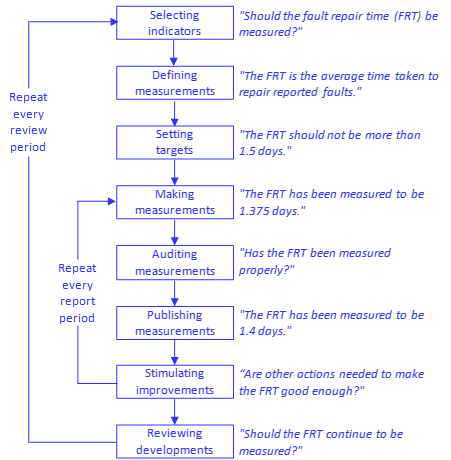
Technical regulation – Quality of service
13.08.2020Introduction What is quality of service? People everywhere depend on ICT services. Unless these services are good enough, people need face-to-face contact in order to hold conversations, send and receive messages, obtain news, transfer money, play games, monitor and control machines, take part in markets, meetings, lessons, and entertainment, and so on. The range of services continues to grow. What “good enough” means depends on many factors, such as user feelings and expectations, which themselves vary with applications and environments. To be good enough, services usually have to be not annoying, even if they are not delightful. In the words…
Read »


